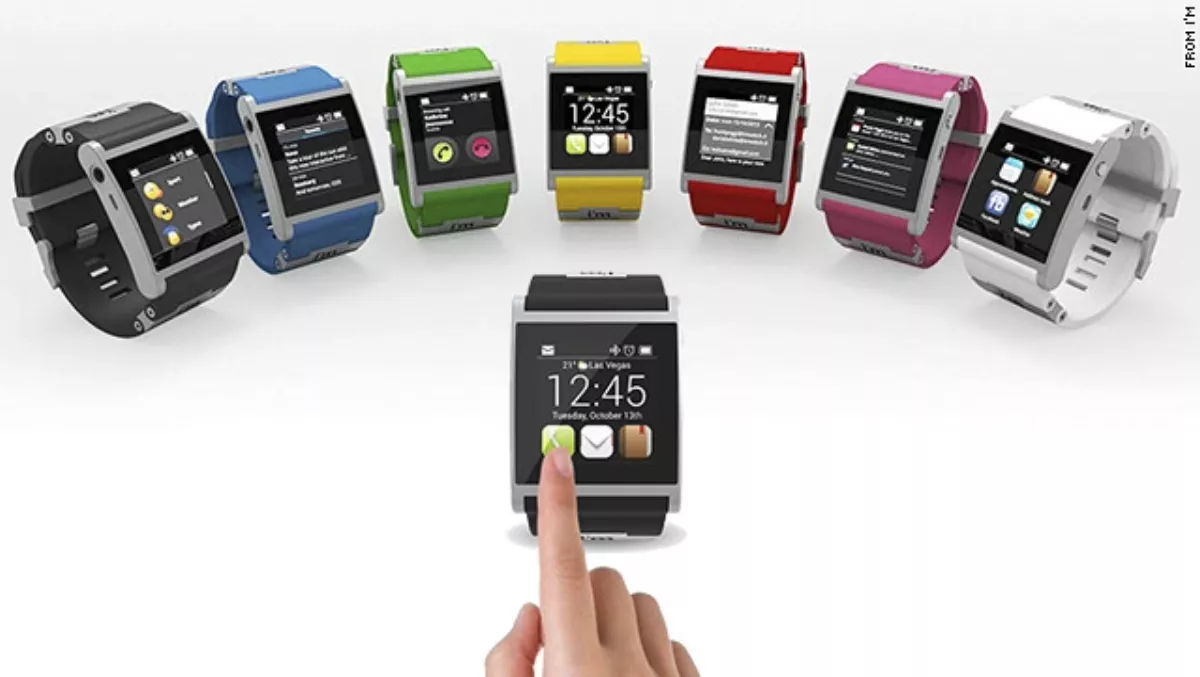
Apple Watch: Fashion first, tech second...
The Apple Watch, announced at Apple’s conference last week, is one of the sleeker and more fashion-conscious of offerings.
In line with the rest of the segment, Cupertino has realised that wearables need to be fashion first and technology second.
But more than that, Apple has brought customisable hardware to smart watches in a way that no other manufacturer has currently - Sony has a range of watch straps, but they all attach to the same basic watch unit, which is the same basic design.
Samsung’s offering does change the watch unit slightly, but with the same blocky feel to the watch.
Apple’s Watch offers not only the digital face changes from Android Wear and different straps, but offers a range of different finishes to the watch, with a premium aesthetic that Samsung has neglected thus far in its design strategies.
Apple Watch Faces Juniper Research...
As expected from a company that has premium features at the core of its design philosophy, the Watch offers a range of existing smart watch features, such as notifications and biometric monitoring, as well as Apple’s NFC payment system, Apple Pay.
While this is an uncommon feature in current smart watches, it is supported by Android Wear.
The uniques feature offered by the Watch over other smart watches are in the contextual awareness offered by the watch - both the Force Touch feature to differentiate between ‘tap’ and ‘press’ and the Smart Replies feature to send automatic replies more easily add a more detailed level of contextual awareness to wearables, magnifying the convenience benefit over that of other smart watches.
The watch does not break the current smart watch paradigm, that of a biometric-measuring, notification-offering companion device, but does offer several ‘best-in-class’ technology features.
The fashion awareness and customisation will make it more appealing to a wider range of iPhone users, but does not stand alone as a fashionable device, with the technology capabilities and additional convenience remaining the main drivers of purchase.
That and the message the device sends of having an Apple Watch. Whether those benefits are worth $349, more than smart watches currently on the market that are around the $200-$299 market, is still an open question.
However, the Watch may have the unintended consequence of lifting the smart watch category, even for competitors.
Juniper Research’s latest report on wearables, published yesterday, asserts that the greatest thing the Apple Watch can achieve is to promote the category.
With its marketing engine and ability to create demand for its products, Cupertino will without a doubt raise the profile of wearables further into the mainstream. This will mean more sales for everyone involved in the industry, not just Apple.

